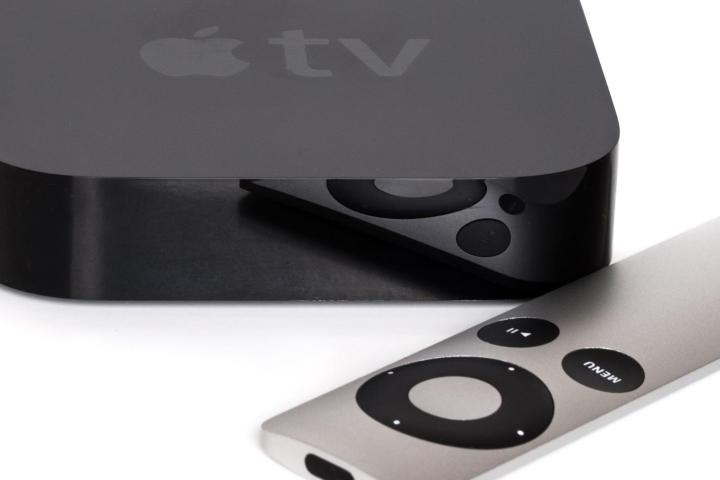
The U.S. Patent Office has published three patent applications from Apple relating to biometric input devices including a Touch ID-like finger print scanner, as well as facial recognition, and retinal scanners.
While we’ve previously heard that the next Apple TV remote may feature a touchpad, it seems that the company is at least considering much more advanced options. The base technology isn’t Apple’s focus, however — it’s the potential applications.
The patents describe a number of possible scenarios. One of the most basic is using Touch ID (or a similar system) to allow roommates to easily swap profiles containing their preferences on an Apple TV without needing to enter a password. Another demonstrates using this type of user recognition to prevent accidental purchases, while another still describes the password problem we presented above.

Does this mean we’ll see an Apple TV with a remote that is essentially an iPod minus the music? Probably not, but adding a Touch ID sensor to a next-gen Apple TV remote isn’t out of the question. As another option, the patent could simply imply Apple is looking into enhanced functionality for the iPhone’s Apple TV remote app.
No matter how the implementation may work out, this gets especially interesting when you consider the Apple TV as the hub of a HomeKit setup. While facial recognition or retinal scanning may not be necessary for changing streaming preferences, they make more sense when considered for home security applications, such as assuring your garage door can’t be opened and closed when your children grab the remote.
Of course, companies patent technologies they never end up using fairly frequently. That said, this technology seems a lot more ready for primetime than some of the patents Apple has submitted in the recent past. Though only published today, these most recent patents were filed in January 2014, so some of this technology could already be on its way down the pike.


